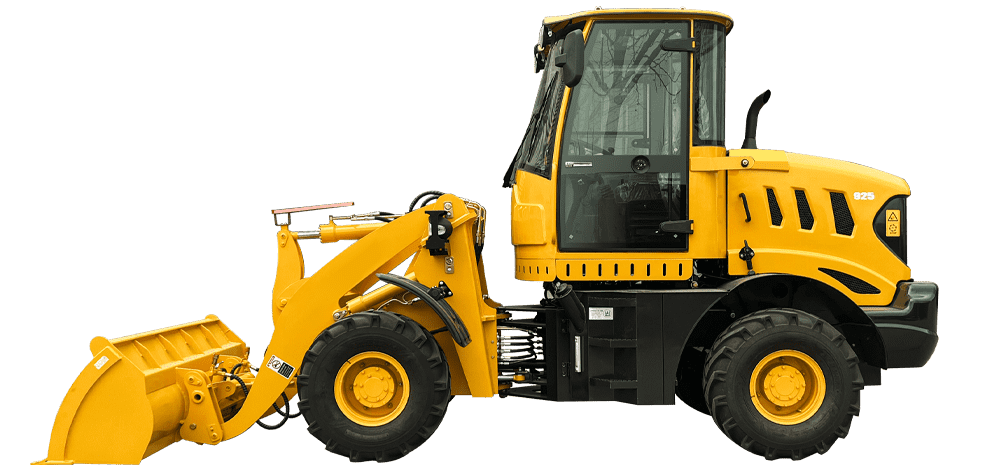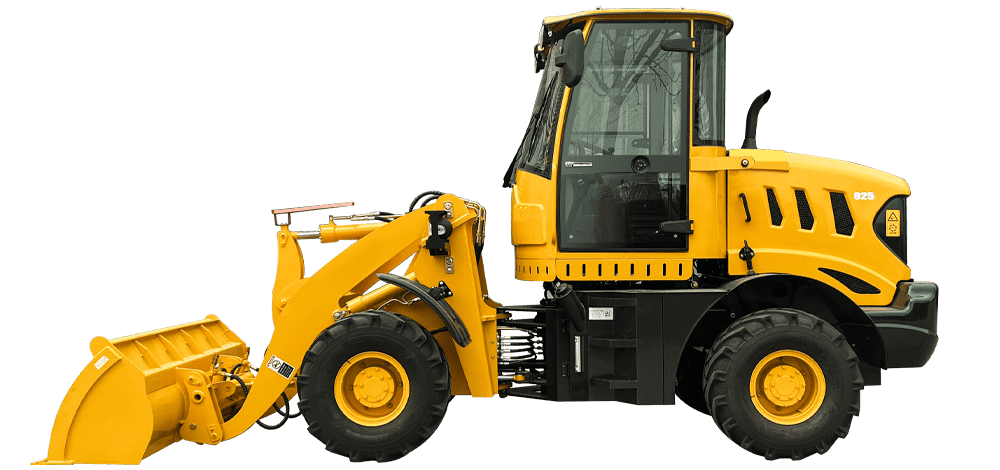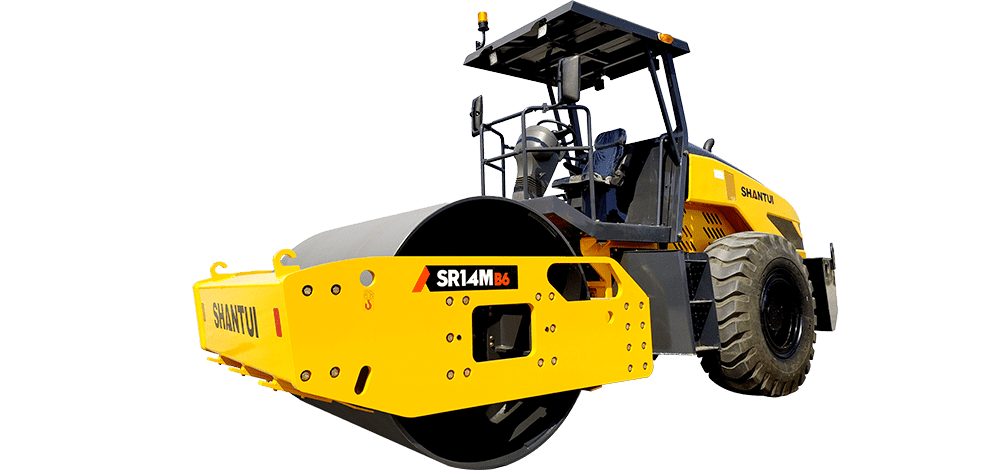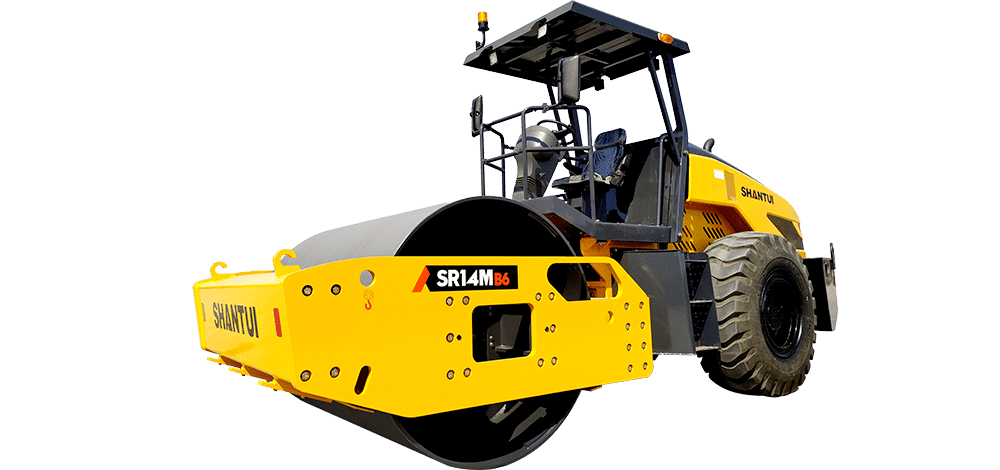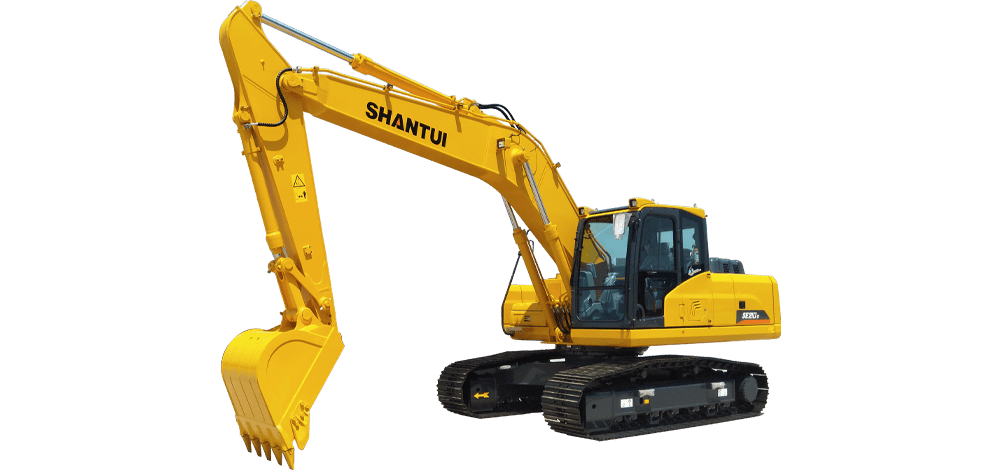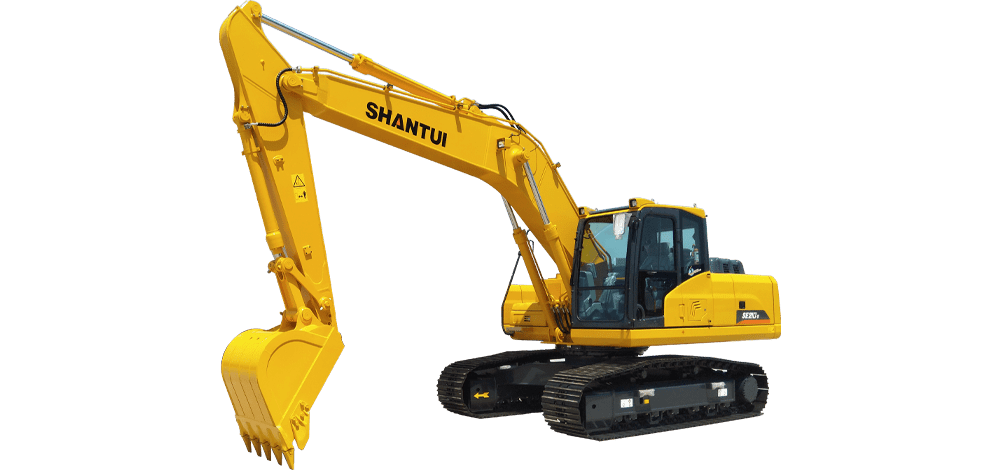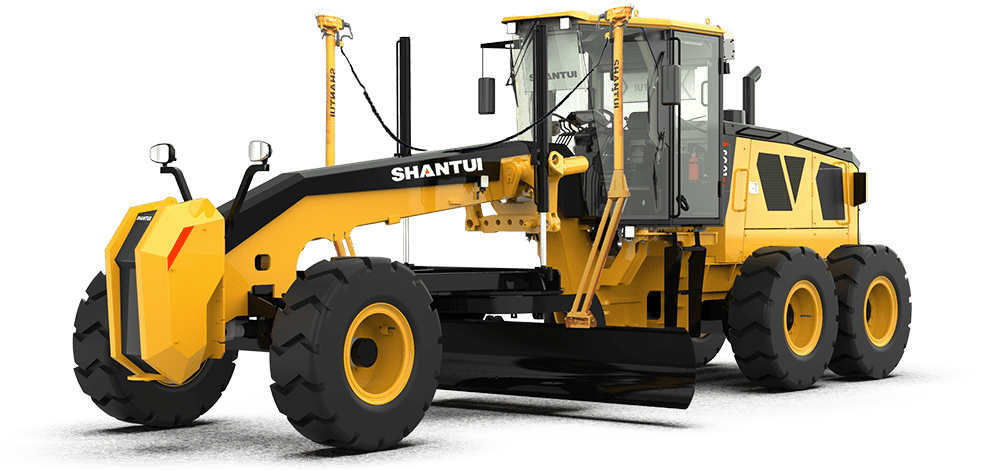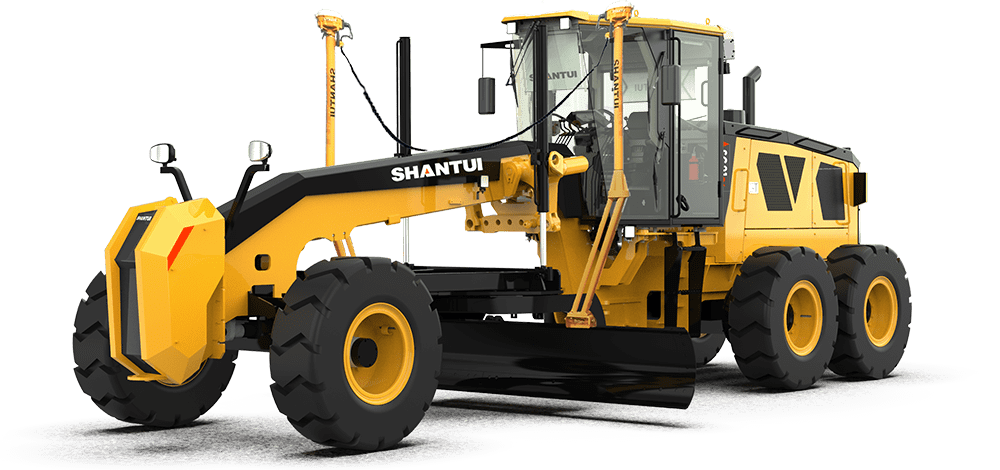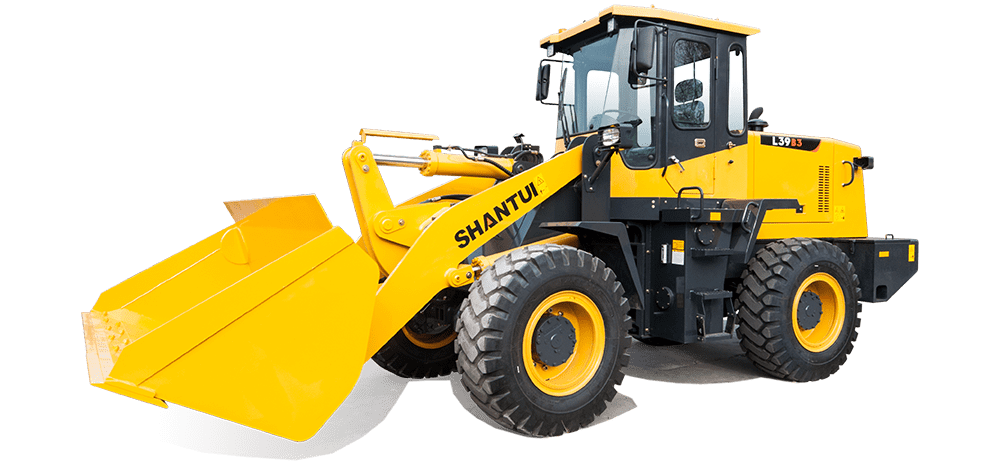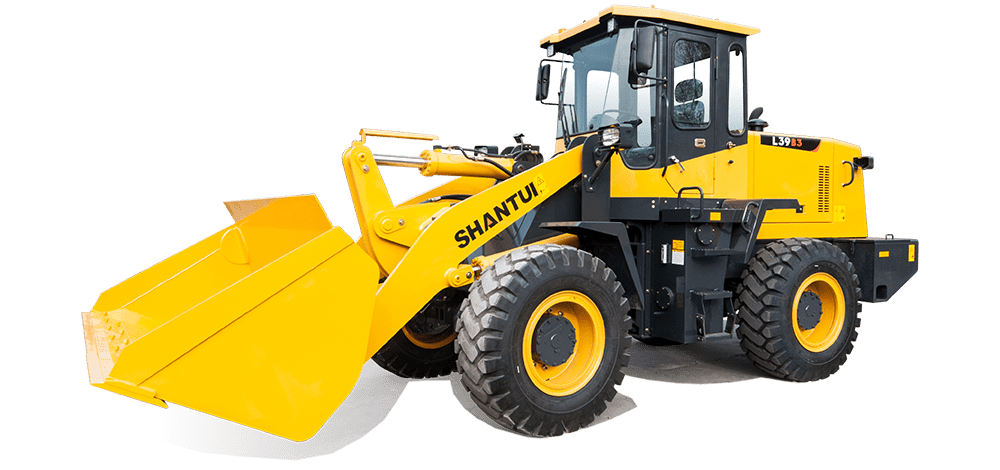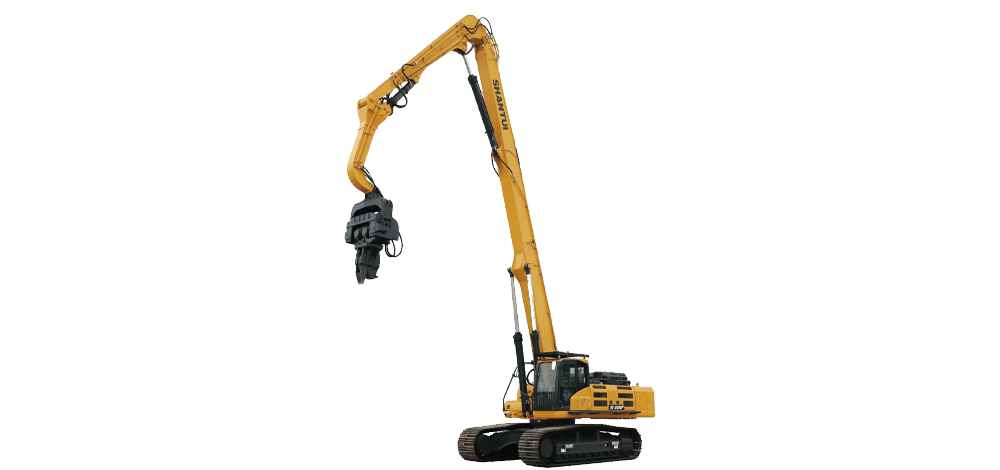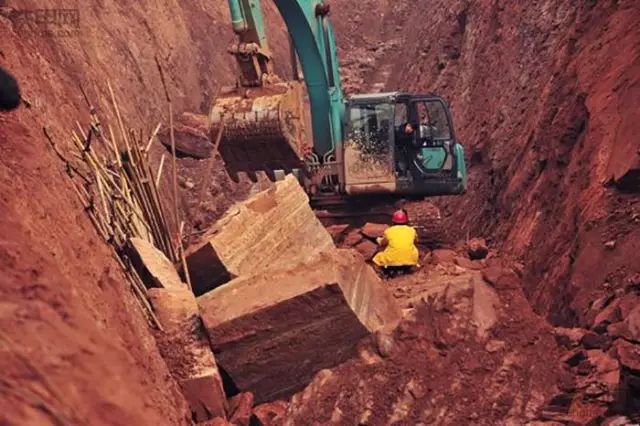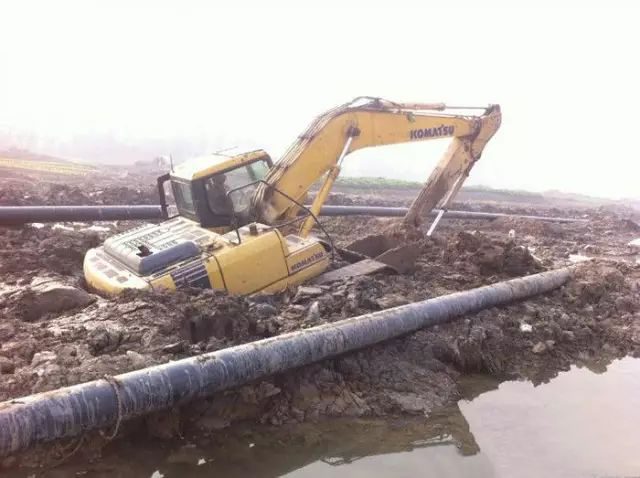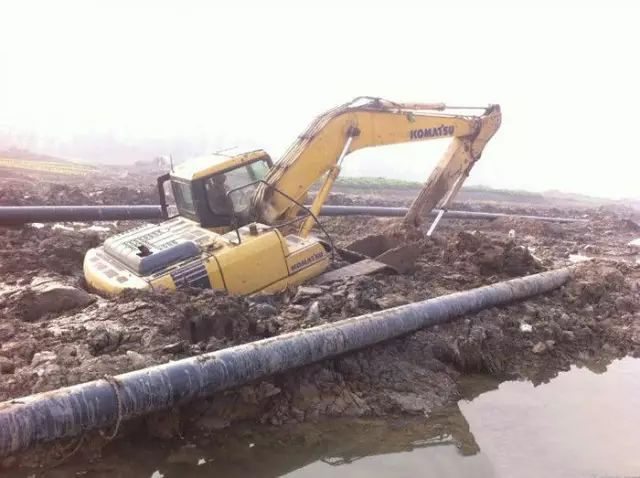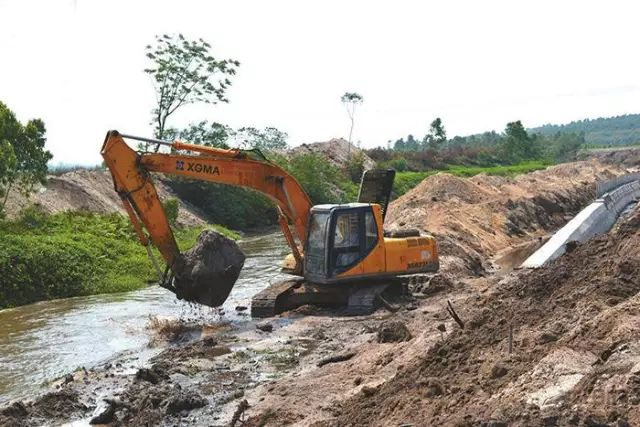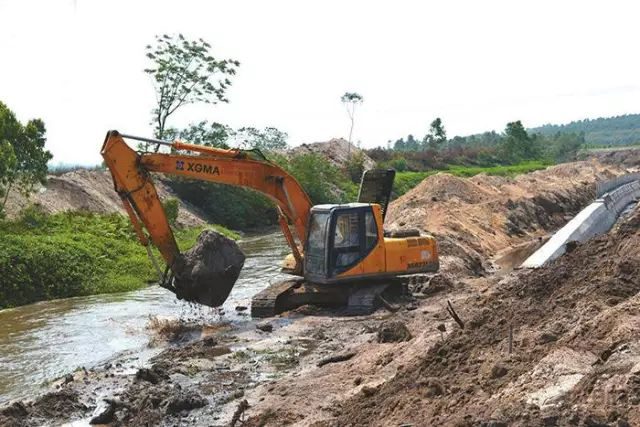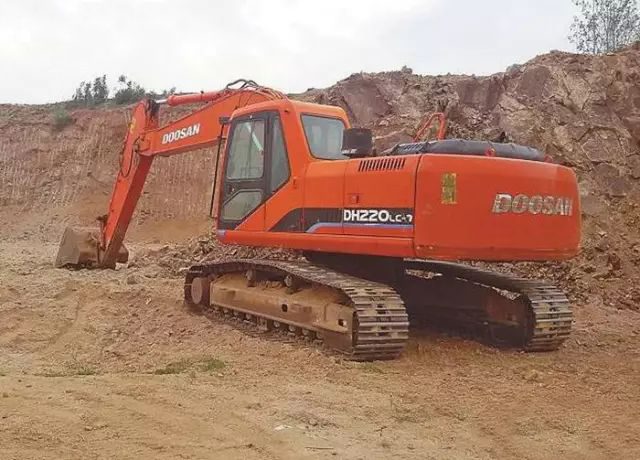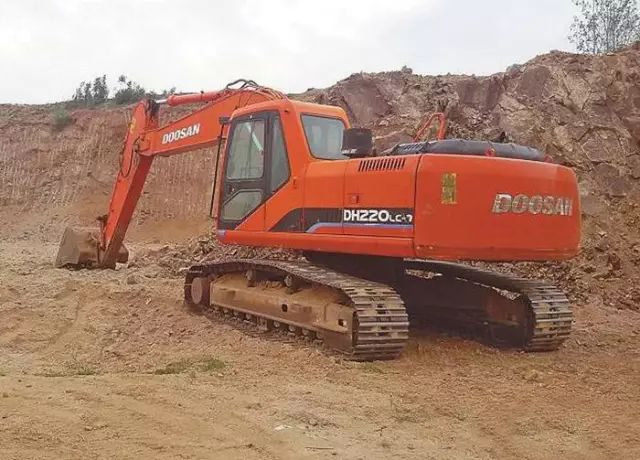Disclaimer: The following article was originally published by Iron Arm Construction Machinery Network.
Source: https://mp.weixin.qq.com/s/WXHyciWBYMYCYJ4mkDwP7Q
Operator: The heavy rain is merciless; I’m stuck with my machine…
In the season between autumn and summer, some areas will still face the rainy season, during which hurricanes, sudden torrential rains, flash floods, landslides, and other natural disasters occur frequently, greatly impacting excavator construction work. Many operators, due to a lack of experience, often encounter situations where excavators are flooded, stuck, or even submerged. So, what should we pay attention to when constructing in the rainy season?
- Observe the surrounding environment before construction:
Before construction, pay close attention to the surrounding environment. If the site is located on a slope or in a valley, you should first assess whether the surrounding terrain is prone to landslides, collapses, or debris flows, whether the mountains are fractured, or the water quality is turbid. If construction is in a low-lying area, check the surrounding drainage situation and be mindful of the weather forecast for the next couple of days.
- Check if the ground is soft and prone to sinking:
During the rainy season, the ground becomes soft and moist, and the biggest fear is the excavator getting stuck. If possible, before construction, use a bamboo pole to probe the surrounding geological conditions. Firmly jabbing a bamboo pole into the ground at the construction site—if it easily goes down about a meter—indicates the ground is too soft, and the excavator is highly likely to get stuck, making normal construction quite difficult.
- Be constantly vigilant during construction:
If the construction site is prone to landslides or sinking, remain alert to changes in the environment throughout the construction process. If you feel the excavator starting to sink, immediately stop construction work and use the boom to support the body to prevent further sinking; then promptly drive the excavator back the way it came, and do not drive in other directions. If during construction, you notice stones rolling down nearby mountains, hear abnormal noises from the mountains, or see the river water increasing and becoming murky, immediately drive to a safe area and move personnel to open, high ground that’s safe.
- Safely park the machine after construction:
After construction, do not be afraid of the hassle; park the excavator on open ground that’s higher up to avoid accidents like flooding or falling rocks.
Try to park the excavator as shown in the picture above, where all the cylinders are in a retracted state, fully submerged in hydraulic oil. This parking position can greatly protect the safety of hydraulic cylinders in rainy conditions or when there is a risk of falling rocks nearby.
Additionally, after parking, try to leave a certain amount of fuel in the excavator so that in case of an emergency, the machine can be moved away at any time.
Keywords:

